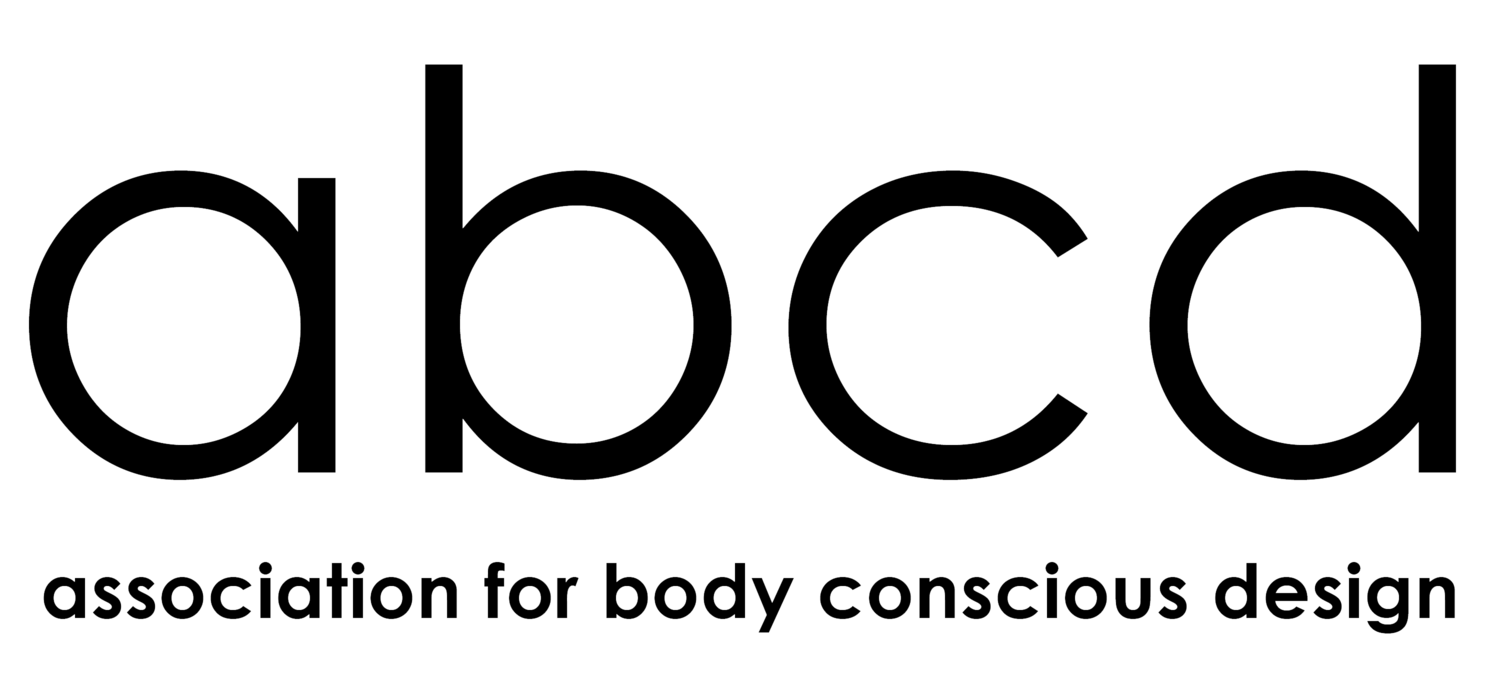The 135º
Galen Cranz
Many researchers agree that the least harmful solution for the lower back when seated is to assume the position that naturally occurs when seated on a high stool or lying down on one’s side in bed.
Mary Plumb Blade, a retired mechanical engineering professor at Cooper Union in New York City, and a researcher into the problem of sitting, is not an advocate of chairs. She says that if you must sit, perching is the best way to do it. Perhaps not coincidentally, the 135- degree relationship between spine and legs is the one used in the martial arts for greatest stamina and flexibility.
Called “the horse”, the position is difficult for an opponent to uproot and, at the same time, readies the actor to move in any direction. F. M. Alexander called it “the position of mechanical advantage”. Personally, I was intrigued to learn that this 135-degree relationship is the same position the body assumes when floating through space in conditions of zero gravity. It is reassuring to note that strength and readiness are embedded in the ease of being in this “neutral” position.
This insight goes much further back in Western civilization than is ordinarily recognized. Sometimes furniture historians mention the choir stalls in medieval churches as a forerunner of the chair, but they downplay the true significance of a key feature, the misericord. This device offered the singer a choice between sitting and perching. When not singing, choir members could rest by pulling down a seat on a hinge to sit conventionally. But they usually had to sing for long periods of time, and singing cannot be done properly when seated because lung capacity is reduced. Therefore, carved into the underside of the seat was a flange, just big enough to catch a person’s sit bones. When the seat was flipped up, the singer could perch on this little seat. Perching allows the lungs and torso to remain fully extended so that one can still sing properly while resting one’s legs.
The literal meaning of the Latin misericordia is telling: “sympathy from the heart.” Those in charge of Christian religious ritual showed that they cared about the physical well-being of the choir by providing such a special seat. Many experts consider horseback riding healthy because the legs drop away from the spine while the pelvis is widened. Mandal, as well as other physicians, physical therapists, and Alexander teachers, recommends the saddle as therapy for some back problems. Some physical therapists are using large physio-balls to simulate the motion as well as the biomechanics of riding. Mary F. Gale, a physiotherapist from Australia, has invented a Bambach Saddle Seat; June Ekman, an Alexander teacher in New York City, has patented a Pneumatic Ball Chair; and Peter Opsvik has also designed a saddle chair, the Capisco, manufactured by HAG, the best ergonomic office chair I have ever experienced.
It doesn’t have a forward-tilt seat, but the sitter’s legs drop away because of the saddle shape of the seat. Forward-tilt is not an end in itself, just one means for getting the legs to drop away from the spine at an angle greater than 90 degrees. Because the angle between spine and legs in perching is similar to horseback riding, several experts recommend it as a reasonable facsimile. Dr. Mandal wants seats in schools that put children’s legs into the same relation to the spine as when mounted on a horse. He reasoned that since sitting is hard on the back, and standing hard on the legs, the compromise position of perching averages out the strain of the two extremes.
Excerpt from:
The Chair: Rethinking Culture, Body and Design, W.W. Norton, 1998
